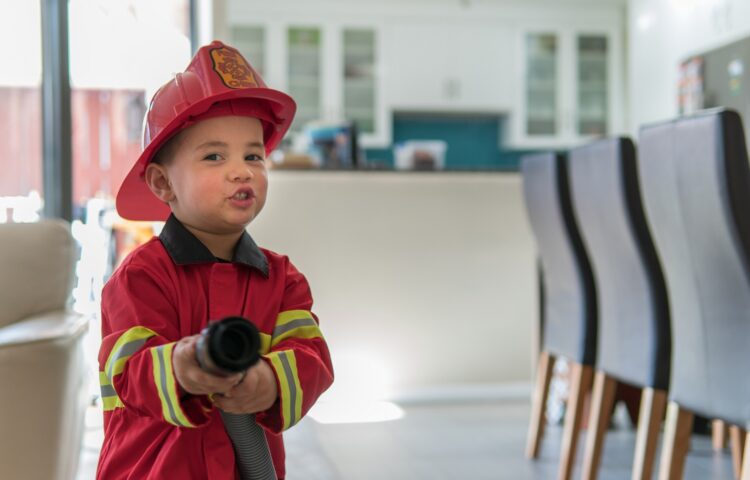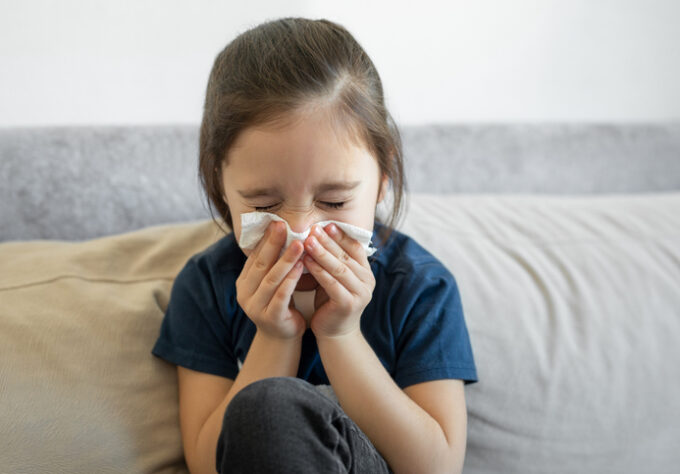Did you know that winter months are peak time for fire-related deaths? In the event of a fire, you may have as little as two minutes to escape. Home and apartment fires can start and spread quickly. It is important to create a fire escape plan and practice it regularly with your family.
Create a Fire Escape Plan
The best way to start planning a fire escape plan according to the National Fire Protection Association (NFPA) is to draw a map of your home or apartment showing all doors and windows. The NFPA says families should:
- Plan two ways to escape from each room.
- Make sure all doors and windows leading outside open easily.
- Identify secondary routes: a window onto an adjacent roof or a collapsible ladder from a second-floor window.
- If you live in a multi-story building, plan to use the stairs – never the elevator.
- Designate an outside meeting place a safe distance from the house.
Practice Your Plan
Once you have a plan in place, it should be reviewed with all family members, children, and babysitters. Practice your fire drill with everyone in the home both at night and during the day, twice a year. Remember to:
- Get low and go under the smoke to your way out.
- Practice how to “stop, drop and roll” if your clothes catch on fire.
- Practice testing door handles to see if they are hot before opening them.
- Teach children never to hide and how to escape on their own in case you can’t help them.
- Call the fire department from outside your home.
- Get out and stay out. Do not go back for people or pets, wait for assistance from the fire department.
Tips to Prevent Fires
Although not all fires are preventable, there are safety measures that can be practiced to help keep families safe and prevent tragedies. Some ways that you can fireproof your home are to:
- Install smoke alarms on every level of your home, inside bedrooms and outside sleeping areas on the ceiling or high on the wall and test them monthly. If you live in an apartment, smoke alarms may be provided.
- Check all electrical cords and replace any that are frayed or have bare wires.
- Keep matches and lighters high and out of children’s reach in a locked cabinet.
- Place space heaters on a level, nonflammable surface, like ceramic tile, not on a rug or carpet, and never leave them unattended. Don’t leave a space heater on during sleep
- Keep all flammables, like paper, clothing, bedding, drapes or rugs, at least 3 feet from a space heater, stove or fireplace.
Learn More
Fire Safety (Nemours KidsHealth)
Household Safety Checklist (Nemours KidsHealth)



